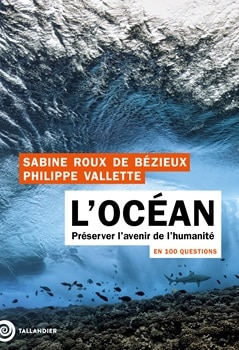Since January 15, 2025, Amsterdam Island, a French possession in the Antarctic region, has been engulfed in flames. A mission including firefighters is set to depart from Réunion Island to assess the situation on this small island of great strategic importance.

Since January 15, 2025, Amsterdam Island, located at the edge of the French Southern and Antarctic Lands (TAAF), has been burning with no one able to do anything. Not the 31 military personnel and scientists at the Martin-de-Viviès base, who were evacuated shortly after. Not the French authorities, whose closest presence is in Réunion, over 2,700 km away.
In fact, no one knows if the fire is still ongoing. No one can predict what the team of experts from TAAF and firefighters, who will leave Réunion this week and take six days to arrive, will find. What is known is that nearly half of this small island has burned.
Amsterdam Island emerged from the ocean around 100,000 years ago. It is a volcanic island, and although it lacks a crater, it is impressive for its cliffs rising 700 meters. Slightly larger than Noirmoutier, with an area of 58 km², it is also considered one of the most isolated islands in the world.
Halfway between Réunion, Australia, and Antarctica, the island enjoys a relatively mild oceanic climate. It rarely snows, and during the austral summer, temperatures can reach around 20°C.
Due to its isolation, several endemic species can be found, such as the Phylica arborea tree (which is only found on Tristan da Cunha) and the Amsterdam albatross, one of the 100 most endangered species in the world. The fire, of unprecedented intensity, could therefore have catastrophic consequences for biodiversity. Like the other TAAF territories, Amsterdam Island has been a UNESCO World Heritage site since 2019.
A Strategic Location on the Spice Route
The first recorded sighting of the island was on March 18, 1522. This is noted in the logbook of the expedition led by Magellan to circumnavigate the globe. Returning from the Philippines, bereft of its legendary captain, the crew spotted the island but did not land. The island’s steep cliffs make it very inhospitable.
Although Amsterdam Island is far from the world, it is very close to the early maritime routes linking Europe to Indonesia. The Dutch, who at the time controlled much of the « East Indies, » even used it as a landmark on the route to Batavia. The island got its name in 1633 in reference to a Dutch ship. It wasn’t until 1696 that a Dutch navigator bothered to land there.
A French Conquest in Several Phases
In 1842, Captain Adam Mierosławski, originally from Poland, sought to claim the island, thinking it was unknown to the French. After receiving approval from the Governor of Bourbon Island (modern-day Réunion), he took possession of the deserted island in July 1843.
This claim was immediately contested by the British. To avoid a diplomatic issue and considering the island’s poverty, the French government ceded the claim. Mierosławski, however, decided to remain on the island. Through various commercial enterprises, he tried for ten years to maintain a French presence, but without success.
Officially taken over by France in 1892, Amsterdam Island and its neighbor, Saint-Paul Island, were annexed in 1924 to the French province of Madagascar. In 1955, the island and several of its distant neighbors were attached to the newly created TAAF, which allowed the territory to be separated from Madagascar’s administration, which was set to gain independence shortly thereafter.
A Major Scientific Importance
Since 1949, the island has hosted a unique meteorological base. In the aftermath of World War II, the strategic importance of knowing the weather across the globe became apparent. Over the years, other research projects were conducted, and the base expanded to accommodate about thirty people.
Its exceptional isolation, which was once a burden, has now become a major scientific asset. Along with the Mauna Loa volcano base in Hawaii, the Martin-de-Viviès base is the only one in the world to measure atmospheric pollution far from human activity.
The data it provides helps measure the evolution of greenhouse gas concentrations and better understand climate change. For now, it seems the buildings of the base are intact. However, some strategic infrastructures have already been destroyed.
Source: Le croix



